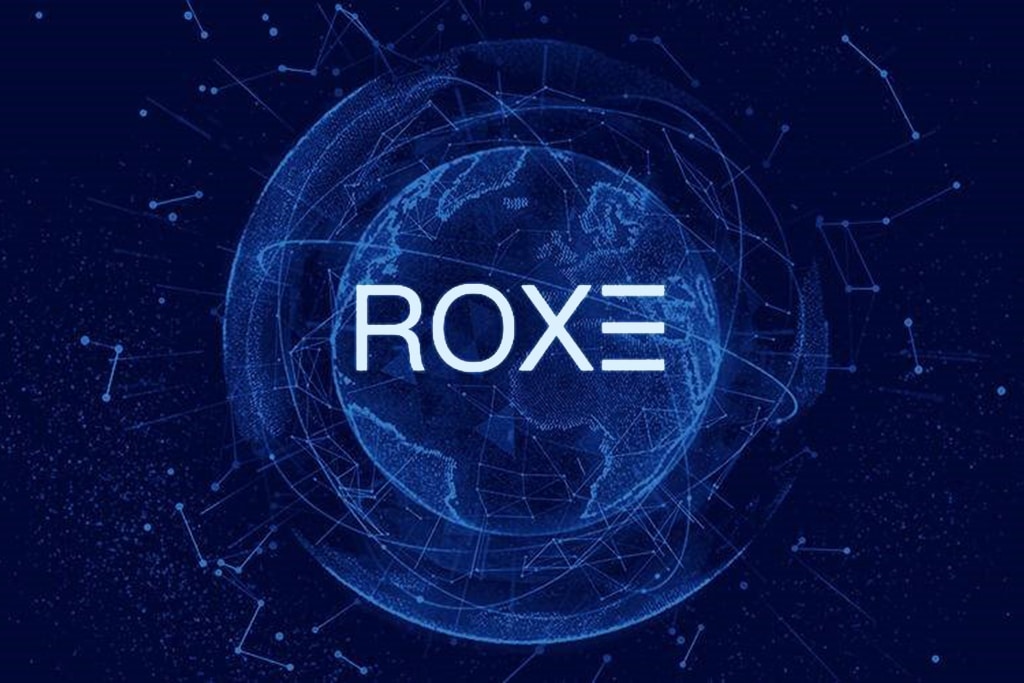
Please check out latest news, expert comments and industry insights from Coinspeaker's contributors.
Roxe Chain builds a blockchain architecture based on graphene technology to meet vertical decentralized applications and horizontal scalability requirements.

Roxe Chain Foundation announced the official launch of Roxe Chain, a global payment settlement hybrid chain developed by the core R&D team of Roxe Chain Foundation.
“In order to expedite the development for Roxe Chain and continuously improve its performance, we are going to open the source code of Roxe Chain and work with external developers to form the core development community – RoxeTC (Roxe Technical Community). We welcome global leading developers to co-build the hybrid blockchain which focuses on the global payment settlement network. We would like to help value flow freely around the world,” said the Head of Roxe Chain Foundation.
The TCP/IP protocol in the Internet age solved the problem of information flow. Value exchange, however, was not as easy to achieve. In the traditional financial industry, trading venues, banks, currencies, and financial institutions are all dispersed across different countries or regions. The market fragmentation leads to an extremely uneven value transfer: for example, banks in various countries generally only accept domestic fiat currencies, which form closed systems that neither connect well with each other nor circulate freely around the world. However, a thorough upgrade of the existing clearing system is very expensive and complicated.
Therefore, at the early stage of development, Roxe Chain has laid out the applications in the value exchange field and reached the cooperation agreement with the trading network Apifiny. In the future, Apifiny will utilize Roxe Chain as the low-level technology, through a less invasive value docking model, to publish a global unified settlement network with the advantages of easy to use, plug-and-play, relying on trading as settlement and clearing, which benefits all the parties involved in the transactions.
Security, credibility, high speed, and practical scenarios are the core competencies for a public chain. Roxe Chain builds a blockchain architecture based on graphene technology to meet vertical decentralized applications and horizontal scalability requirements. It uses the aBFT-DPoS (asynchronous Byzantine Fault Tolerance-Delegated Proof of Stake) consensus algorithm and region technology to improve transaction speed, and can achieve processing capacity of up to a few million transactions per second.
Roxe Chain applies closed-loop smart contracts and provides clearing & settlement protocols and middleware components to nodes, which increase the access efficiency for nodes. These features also solve the existing problems for blockchain application, such as low performance, poor security, high development difficulty, and cross-chain communication difficulties.
In terms of practical applications, Roxe Chain Foundation will unite trusts, banks, exchanges and other institutions to achieve the cross-chain value transmission of crypto assets, fiat currencies, and various other assets. As they work together, they help assets to increase liquidity. For example, in a spending scenario, payment institutions can provide thousands of digital currencies and fiat currencies through integration with Roxe Chain.
According to recent studies, roughly 10,000 cryptocurrencies are scattered among tens of thousands of exchanges, investment institutions, market makers, financial service providers and other isolated venues. In addition, due to the outdated infrastructure and low efficiency, traditional methods of clearing blocks the circulation of global assets.
As a blockchain infrastructure, Roxe Chain creates a valuable exchange system and financial infrastructure that connects more than 200 countries around the world, covering billions of people. By connecting all these previously isolated roles, Roxe Chain assists with instant clearing, reduces capital costs or systemic risks, and ultimately meets the objective of building secure and user-friendly value transactions in a compliant way to reshape the financial industry.
Disclaimer: Coinspeaker is committed to providing unbiased and transparent reporting. This article aims to deliver accurate and timely information but should not be taken as financial or investment advice. Since market conditions can change rapidly, we encourage you to verify information on your own and consult with a professional before making any decisions based on this content.

Please check out latest news, expert comments and industry insights from Coinspeaker's contributors.